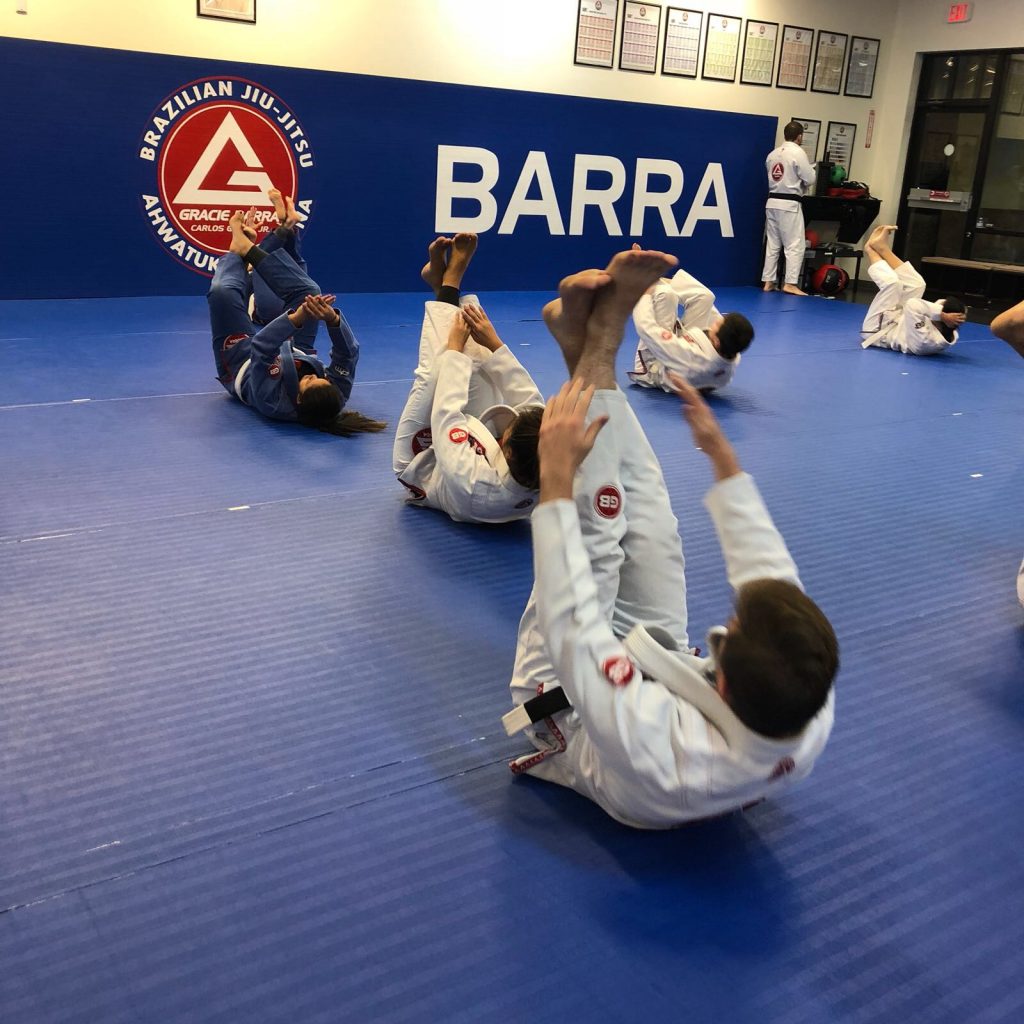The 7-Minute Rule for "How to Overcome Common Challenges in Learning and Practicing Jiu Jitsu"

Jiu Jitsu is a martial art that has got tremendous appeal over the years. It is recognized for its grappling techniques and its ability to assist individuals fight for themselves in real-life situations. If you are a newbie in Jiu Jitsu, it is necessary to learn the fundamentals first. In this write-up, we will definitely explain five necessary Jiu Jitsu approaches that every beginner should understand.
1. The Guard
The guard is one of the most basic positions in Jiu Jitsu. It involves being located on your back with your legs wrapped around your opponent's midsection or hips. The shield helps you regulate your enemy's activities and gives you an perk when it comes to assaulting or guarding yourself.
To get right into the protector posture, are located on your spine and carry both of your knees up in the direction of your upper body. Place one feet on each of your challenger's hips and wrap them securely around their waist. From this setting, you can attempt several submissions such as upper arm pubs, triangles, and sweeps.
2. The Mount
The mount is an additional critical placement in Jiu Jitsu that every beginner must recognize. bay jiu jitsu entails resting on top of your rival with both lower legs straddling their physical body while keeping them affixed down.
To acquire right into the mount setting, start by getting on best of your enemy while they are being located standard on their back. Spot one leg beside their hip while extending the other leg over their tummy to get the mount posture.
Coming from this placement, you can hit or send them by applying pressure to different parts of their body such as the back or upper arms.
3. The Side Control

The side command is however one more crucial position in Jiu-Jitsu that novices need to find out early on. It includes pinning your enemy down while they are lying level on their spine but instead of positioning them like in Measure 2 above; you rest beside them along with one leg between theirs so that they maynot transform onto their edge.
From listed below, you may administer stress to their upper body, neck, or upper arms. You can easily additionally transition to various other positions such as the mount or rear command.
4. The Back Control
The back control is a placement that gives you the the majority of control over your enemy in Jiu-Jitsu. It entails receiving responsible for them and wrapping your lower legs around their waistline while always keeping them pinned down.
To acquire into this setting, start by sitting behind your challenger with both of your lower legs wrapped around their waistline. Make use of one upper arm to wrap around their back while the other arm protects their wrist or palm.
Coming from here, you can easily seek numerous submittings such as chokes or upper arm hairs. This is a leading setting in Jiu-Jitsu and ought to not be undervalued.
5. The Takedown
The takedown is an important strategy that every novice in Jiu-Jitsu should understand. It involves taking your opponent down to the ground while sustaining balance and command.
There are actually various takedowns in Jiu-Jitsu such as the singular leg takedown, dual lower leg takedown, and hip throw. These procedures require proper timing and approach to implement successfully.
Final thought
Jiu Jitsu is a martial craft that needs persistence, commitment and practice to master. As a amateur, it's essential to focus on these five necessary techniques: the shield, mount, side command, back control and put-down.
Through understanding these basic techniques early on in your instruction journey; you are going to have a strong groundwork on which to build upon as you proceed via the ranks of Jiu-Jitsu instruction!
